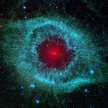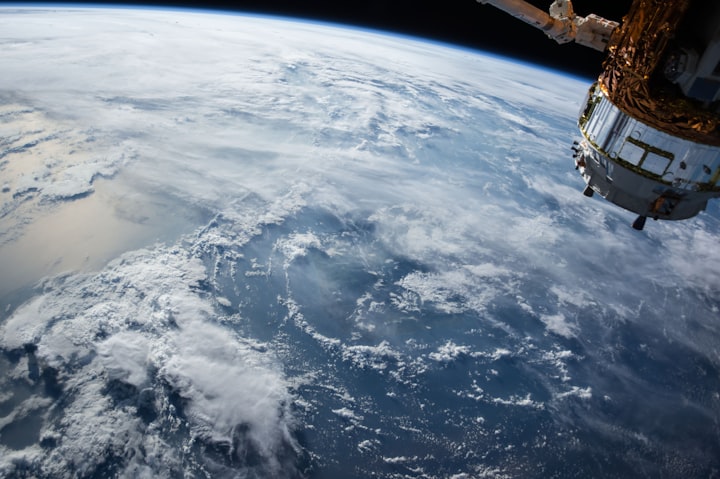Outer Space Is Closer Than You Think
Outer space begins at the Karman line, 100 kilometres above the surface of the Earth.
Outer space is the expanse that exists beyond the Earth's atmosphere and the area between celestial bodies.
When we look up at the night sky, it appears to be full of stars and other objects, but in reality, almost all of that gargantuan area we call the universe is empty space, a vacuum.
Sound waves need air, liquids, or solids to travel through; therefore, space must be a very silent place, as sound waves cannot travel in a vacuum.
It is difficult to pinpoint where space begins. An imaginary line named the Karman line is regarded by most experts as the start of space; that line is just 100 kilometres above the Earth's surface.
Most of the air in the atmosphere is below the Karman line, but there is still a thin atmosphere above. The farther you travel away from the Earth's surface, the thinner the atmosphere gets.
The most diluted parts of the universe still contain a few atoms per square metre; space can also contain different kinds of radiation.
The ISS, or International Space Station, orbits the Earth just over 400 kilometres from its surface. Artificial satellites can be closer to the Earth or much farther away than the ISS.
The average maximum cruising altitude for commercial aircraft is around 13 kilometres; any higher would cause a problem as the atmosphere gets too thin to support large commercial aircraft.
Yuri Gagarin was a Soviet pilot and the first human to enter space. That was way back in April 1961. Since that time, well over 600 people have made the journey into space. Not very many when you consider that an estimated 117 billion humans have existed, and roughly 8 billion are still alive today.
When we think about the size of outer space, it becomes unimaginable. We can now see objects that are over 13 billion light-years away; the light from those distant objects has been travelling towards us at 1,080 million kilometres per hour for the whole of that vast time.

The universe keeps expanding at an ever-increasing rate. Scientists believe that the universe is over 90 billion light-years in diameter at this time. Yes, the numbers are astronomical.
In one year, light will travel 9.46 trillion kilometres; a trillion is 1 followed by 12 zeros. Now multiply 9.46 trillion kilometres by 90 billion; that is how wide the universe is at this time.
Yes, I know, it becomes unfathomable.
-
Have you ever wondered why our only natural satellite is simply called "The Moon"?
All the other moons in the Solar System have proper names like Titan, Ganymede, Europa, Enceladus, and the list goes on.
In the Solar System, the total number of confirmed moons that orbit planets is 285. Mercury and Venus have no moons, and as you know, Earth has 1 moon, Mars has 2, Jupiter has 95, Saturn has 146, Uranus has 27, and Neptune, the most distant planet, has 14.
We are still discovering moons, the information above is up to 2023.
Dwarf planets can also have moons; Pluto has five of them, and surprisingly, many asteroids have moons as well. In 1993, the large asteroid Ida was found to have a tiny moon; it has been given the name Dactyl.
When our natural satellite was named "the moon," there was no need for a more specific name to differentiate it from other moons.
We never knew that other moons existed until Galileo discovered four moons in orbit around Jupiter; that discovery was made way back in 1610.
The end
-
To be honest, I am not an astronomer, cosmologist, or biologist, but my interest in the universe and life goes back many years. The information in my articles is, to the best of my knowledge, accurate.
About the Creator
A B Forbes
Someone with a lifelong passion for that gargantuan area we call the universe. I also write stories about life itself. Enjoy







Comments
There are no comments for this story
Be the first to respond and start the conversation.